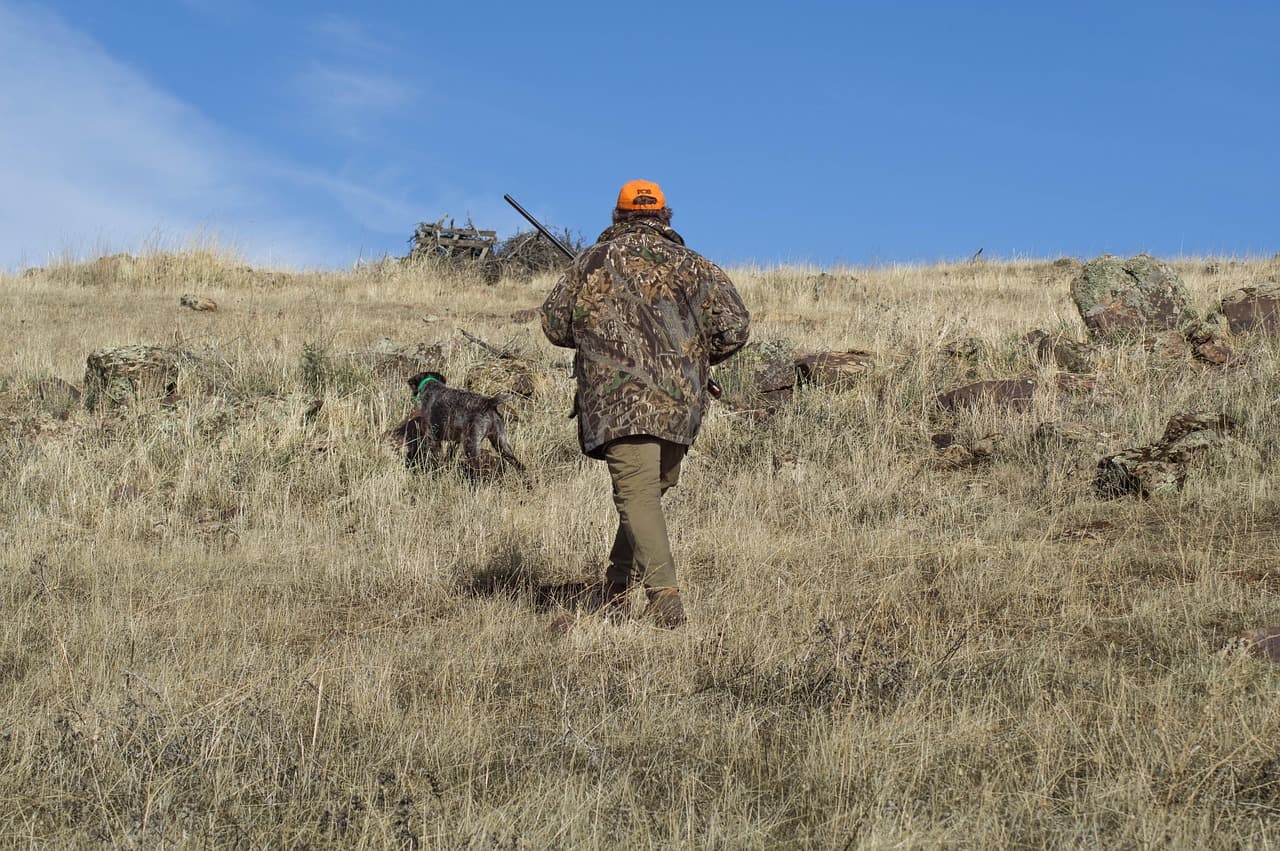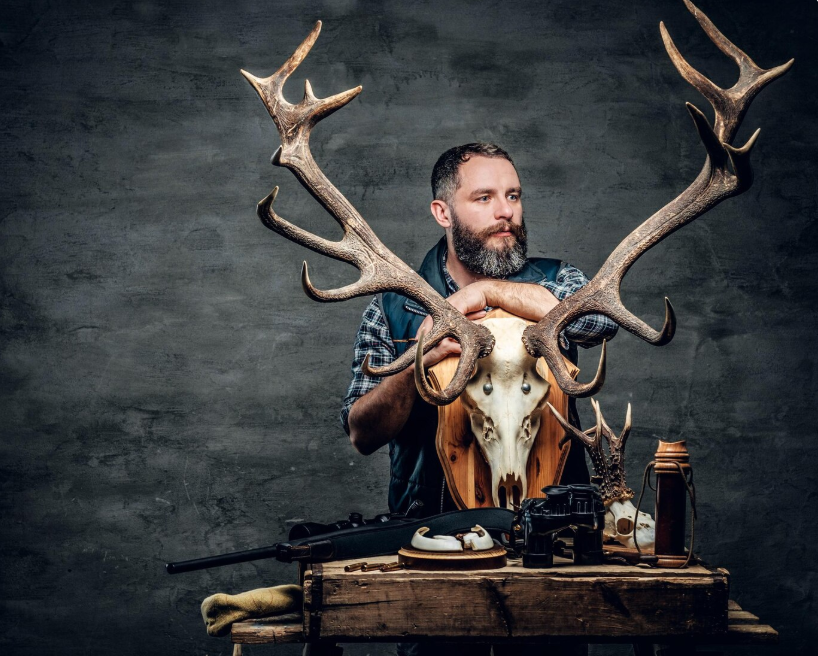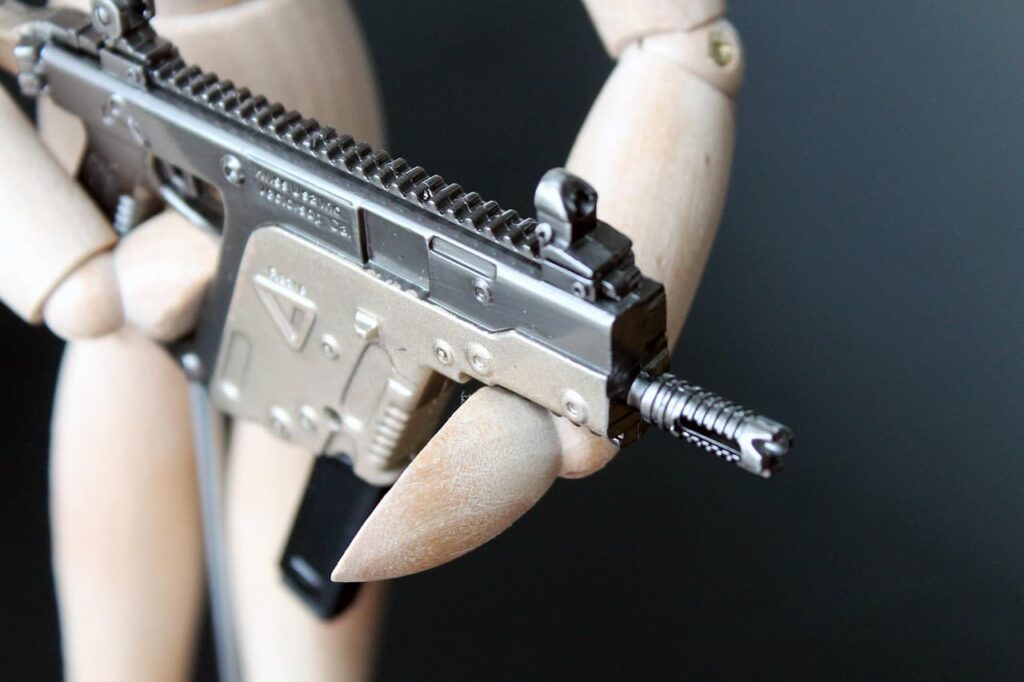If you’re preparing for dove season, the right gear can make or break your hunt. While dove hunting is often seen as a more casual entry point into bird hunting, that doesn’t mean you can go in unprepared. You’ll need specific tools, clothing, and accessories that match the fast-paced, flighty nature of doves. At a minimum, this includes a reliable shotgun, proper ammunition, camouflage clothing, and a license. But beyond the basics, your success depends on how well your gear supports your timing, comfort, and accuracy.
Serious dove hunters know that every piece of gear plays a role. Whether you’re out in the fields of Texas, sitting in sunflower patches in Georgia, or walking tree lines in California, the equipment you carry shapes your ability to react quickly and ethically harvest birds. You need gear that is lightweight, practical, and suited to the environment. This includes not just your firearm, but your seating, eyewear, hearing protection, and even how you carry your shells and birds.
Choosing the Right Dove Hunting Gear
Dove hunting may look simple on the surface, but success in the field depends heavily on the gear you bring with you. From your choice of shotgun to the type of camo you wear and even the stool you sit on, every item plays a role in how effectively and comfortably you hunt.
Whether you’re preparing for your first season or fine-tuning your setup after years of experience, selecting the right gear is essential for improving your chances and staying safe. In the sections below, we’ll break down the key items you need for a productive dove hunt and explain how to choose the right ones for your needs.
The Right Shotgun
Shotgun choice is arguably the most important decision for dove hunting. You’ll be taking lots of quick shots, often at fast-moving birds in unpredictable wind. That makes weight, fit, and reliability key factors.
Most hunters prefer 12- or 20-gauge shotguns for doves. A 12-gauge provides a wider spread and more power, but a 20-gauge offers lighter recoil and a faster swing, perfect for younger or smaller-framed hunters. Pump-actions and semi-autos are common choices. A good semi-automatic can make follow-up shots easier, especially when doves come in flocks. However, some traditionalists prefer over/under or side-by-side doubles for their simplicity.
Barrel length also matters. A 26- or 28-inch barrel gives you a good balance between aim and maneuverability. You want enough barrel to guide your swing, but not so much that it slows you down. Reliability is critical. Doves won’t wait while you clear a jam or reload awkwardly. Make sure your shotgun is cleaned, tested, and paired with the right choke and shell combo before you hit the field.
Ammunition and Chokes for Doves
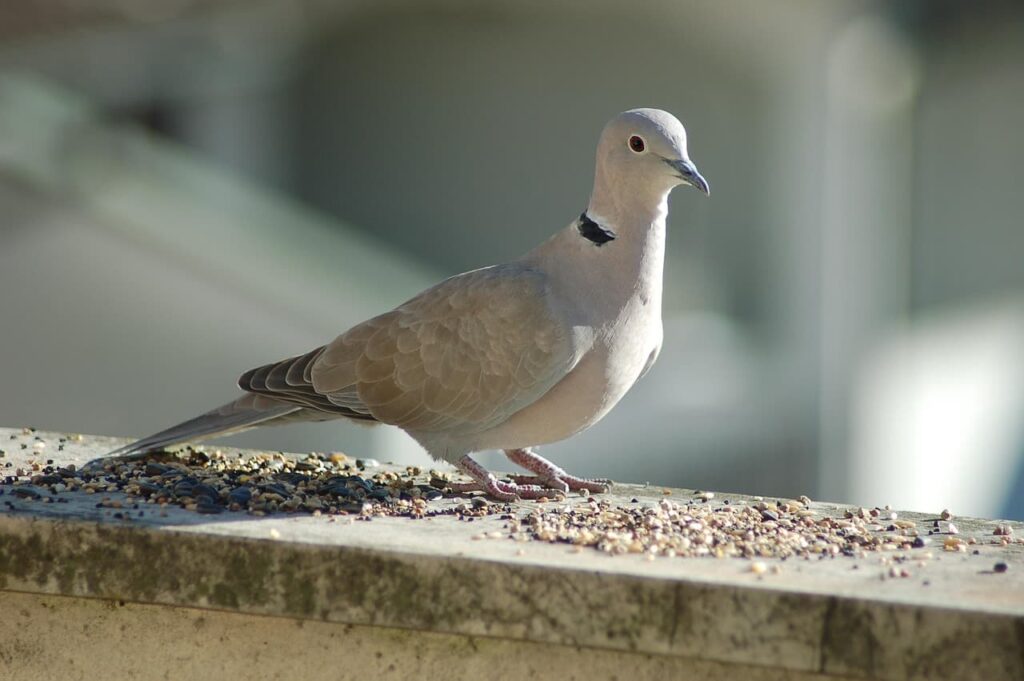
Doves are small, but you still need the right shot size and choke setup to bring them down cleanly without overdoing it. Most hunters opt for #7½ or #8 lead shot. It offers the right balance of pellet count and penetration at common dove hunting ranges (20–35 yards).
Some states ban lead shot, so always check local regulations. In that case, use approved non-toxic shot like steel or bismuth, and consider going up a size to #6 or #7 to maintain energy at range.
As for chokes, improved cylinder or modified are most commonly used. An Improved cylinder choke provides a wide spread ideal for close shots, while a modified choke gives a slightly tighter pattern for medium-distance birds. Swapping chokes mid-hunt isn’t practical, so choose based on your hunting setup and expected range.
Clothing That Keeps You Cool and Hidden
Dove hunting happens in warm weather, often early fall. That makes clothing selection different from what you’d wear duck or deer hunting. You’ll need something breathable, light, and camouflaged to match dry grasses or fields.
Long sleeves are a good idea even in the heat, they protect you from sunburn and insect bites. Look for moisture-wicking shirts in camo patterns, paired with lightweight pants that allow easy movement. A mesh camo hat or cap with a bill will shield your eyes while keeping your head cool.
Avoid shiny materials or noisy fabrics. Doves have sharp eyes and can spot movement and glare easily. Make sure any exposed skin, like hands or face, is covered or painted to reduce the chance of detection.
Seating, Shade, and Setup Tips
Because dove hunting often means staying in one spot for hours, seating matters. A lightweight, foldable hunting stool or bucket with a padded top can make a big difference in comfort and reaction time.
If you’re setting up in an open field, some form of shade can be essential. A simple camo umbrella or sunshade stake can protect you from harsh sunlight without giving away your position. Just be sure it’s securely anchored and doesn’t flap in the wind.
Layout is also crucial. Position yourself near natural food sources like harvested crops or water, and set up with the sun behind you to avoid glare and help conceal your silhouette. Clear a small shooting lane and get used to scanning the sky continuously, doves can appear suddenly and disappear just as fast.
Eye and Ear Protection in the Field
Many hunters overlook safety gear, but protecting your eyes and ears is essential, especially in a social dove hunt where others may be shooting nearby. Sunglasses or shooting glasses serve two roles, they protect your eyes from stray shots, dust, or glare, and they help you spot birds in the sky more easily.
Hearing protection should be light and unobtrusive. Electronic earmuffs that amplify quiet sounds while blocking gunfire are a favorite among hunters, allowing you to communicate and hear birds while still staying protected.
Carrying Ammo, Birds, and Essentials
You’ll need a way to carry extra shells, hold downed birds, and keep small gear handy. A hunting vest with large front shell pockets and a back game pouch works well. Make sure it’s breathable and fits snugly to avoid snagging on the brush.
Alternatively, a dove belt offers a minimalist setup with shell holders, a water bottle slot, and a bird pouch. It’s cooler than a vest in hot weather and easier to remove or adjust.
Always carry water, especially in hot climates, and consider bringing a small cooler or pack with drinks and snacks if you plan to hunt all day. A pair of gloves and a multitool can also be handy for dealing with stuck shells or messy field dressing.
Extras That Can Improve Your Success
Dove decoys can make a surprising difference, especially early in the season when birds are still wary. Clip-on decoys placed on fences or tree limbs near your setup can create the illusion of safety. Motion decoys, like spinning-wing types, draw birds in from farther away.
A rangefinder isn’t essential, but it can help new hunters learn to judge distances and ensure their shots are ethical. Similarly, a smartphone with a ballistics app or local hunting maps can give you the edge in planning your spot or recording limits.
Field dressing tools aren’t usually needed on-site for doves, but having a bird tote or stringer makes it easier to carry out your harvest without crushing them.
Hunting Regulations and Ethics
Before you head out, double-check your state’s hunting regulations. You’ll need a license, and in some areas, a migratory bird permit. Shooting hours and daily bag limits vary by state, and baiting is strictly prohibited for dove hunting.
Practicing ethical hunting means more than just following the law. It means making clean shots, recovering downed birds, and respecting the land you hunt on. Pick up your spent shells and trash, and never shoot at birds out of range just for the chance of a hit.
Hunting is a privilege, and staying responsible ensures it remains available for future generations.
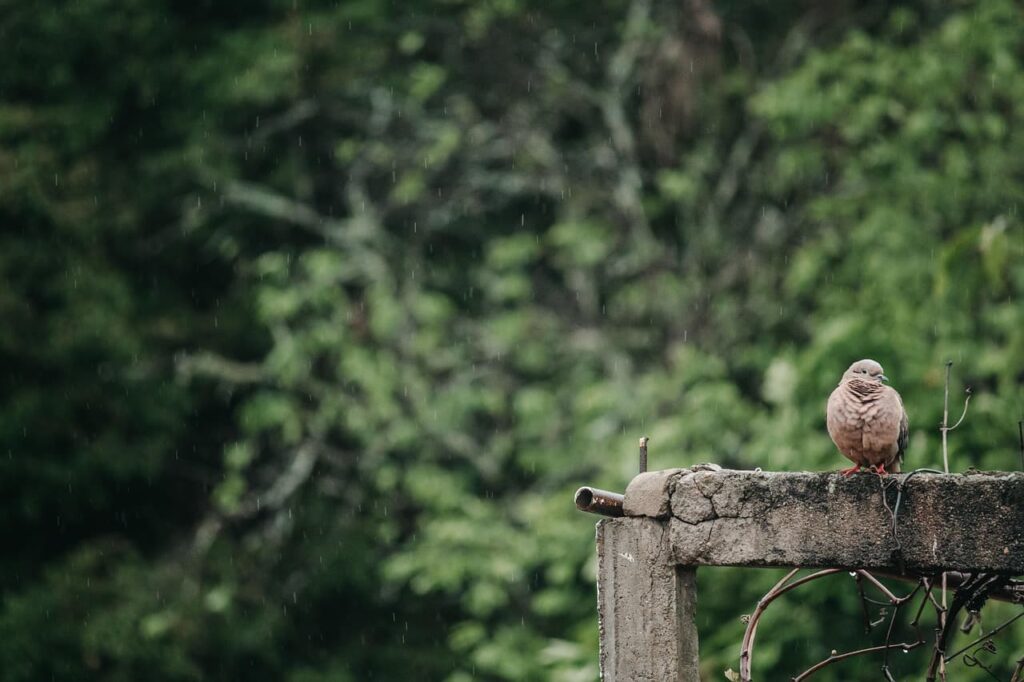
Why Dove Hunting Demands Specific Gear
Unlike big game or waterfowl hunting, dove hunting is fast-paced and often unpredictable. Doves are small, agile birds known for erratic flight patterns and sharp vision. That means you need gear that prioritizes agility and blends you into your surroundings without slowing you down.
You won’t be trekking long distances, but you may spend hours in one location, often in the hot early-season sun. That’s why dove hunting gear emphasizes comfort, heat management, and stealth. Your clothing should offer breathable protection, your accessories should reduce movement noise, and your firearm setup should allow quick shots at varying angles.
There’s also a social aspect to dove hunting. Many hunters gather with friends and family for the opener, turning it into a weekend tradition. That means having enough gear to support long sessions and some extra tools to share or lend out if needed. Your gear doesn’t just help you hunt better, it also helps you stay safe and comfortable throughout the day.
Conclusion
Success in dove hunting comes down to preparation and the right gear. You don’t need the most expensive shotgun or high-tech decoys, but you do need equipment that matches your environment, allows for fast movement, and keeps you comfortable for hours.
From your choice of gun and shells to your vest, stool, and hydration, every piece of gear contributes to your experience in the field. When you’re comfortable, alert, and prepared, you’ll not only improve your shot count, you’ll enjoy the hunt more and connect with a tradition shared by generations.
Frequently Asked Questions
- Do I need a special license to go dove hunting?
Yes, in most states, you need a valid hunting license and a migratory bird endorsement or permit to hunt doves. Always check your local wildlife agency’s regulations before heading into the field, as rules regarding seasons, bag limits, and legal ammunition vary by location. - What is the best shotgun gauge for dove hunting?
The most commonly used gauges for dove hunting are 12-gauge and 20-gauge. A 12-gauge offers more power and a wider shot spread, while a 20-gauge is lighter, has less recoil, and is easier to handle for smaller or younger hunters. Both are effective as long as you’re comfortable with the firearm. - Can I use steel shot instead of lead for dove hunting?
Yes, but it depends on your state’s regulations. Some areas prohibit lead shot due to environmental concerns. Steel or bismuth shot are good alternatives, though you may need to go up a shot size (e.g., from #8 lead to #7 steel) to maintain effectiveness at range. - What kind of clothing should I wear for early-season dove hunts?
Wear lightweight, breathable camouflage clothing suited to dry, grassy environments. Long sleeves protect against the sun and insects, and a camo hat with a brim helps reduce glare. Avoid shiny or noisy fabrics, and cover exposed skin to stay hidden from doves’ sharp eyesight. - Are decoys really necessary for dove hunting?
While not essential, decoys, especially motion decoys, can significantly increase your chances of attracting doves, particularly during the early season when birds are cautious. Clip-on or spinning-wing decoys add realism to your setup and can help bring birds within effective shooting range.

